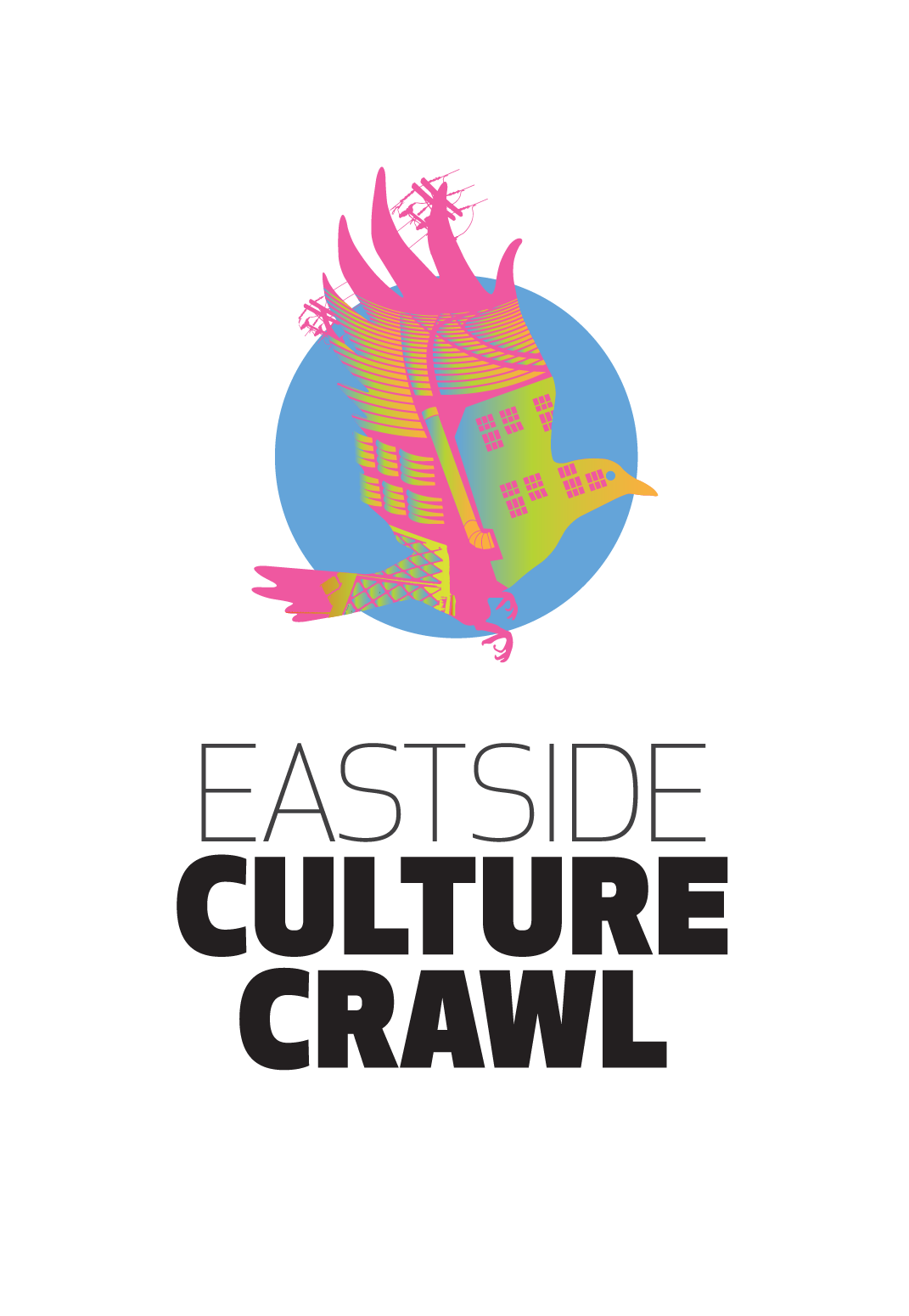Tips on Collecting Art – Eastside Culture Crawl
Coming to the Eastside Culture Crawl is a first great step in starting your art collecting adventure. Here is some general advice that you may find useful.
Collecting can start anytime, and the Crawl provides you with an exciting event that allows you to view hundreds of works of art in a short period of time. Over the four days of the Crawl, you will see where art is made, and have an opportunity to meet the artists. Talk about it with friends and fellow Crawlers, research the artists that interest you, and probe into what inspires your favorite artist’s creative process. Remember that most artists are open to showing you through their collections, even after the Crawl is finished and the crowds have subsided. Be sure to make contact, leave your number and pick up a business card. A few notes will help you to recall your favorites after the Crawl weekend wraps up.
The joy of building an art collection can start at anytime, even with the smallest budget. Seeing lots or artwork and getting to know the artist helps you to make a decision when the time comes to begin your collection. But what is the ‘right work’ and ‘right time’ is, of course, very personal. Here are some tips for Crawl Collecting:
1. Buy what you like. Simple advice, and true!
Art is a highly subjective form of expression, one that is open for interpretation by all who view it. Trust your instinct, and fill your collection with pieces you love. Researching and understanding the artist’s motivation can provide genuine revelations into the works, and although there are many differences amongst art lovers, critics, and collectors regarding the ‘value’ in any art, the more you are engaged in the process, the sharper your instinct will be.
2. Stick with original art
Original artworks are unique, one-of-a-kind piece. Authentic works of art carry the artist’s signature somewhere on the work itself. Prints and photographs are numbered with an edition number, usually located in the bottom left-hand corner of the work. In some cases, a signature on the front of the artwork is deemed to distract from the work itself, and so are signed on the back instead.
3. What is the difference between an original work of art and a reproduction?
Reproductions are generally mass-produced copies of original artworks (paintings for example) and tend to dilute the impact of the original work with widespread distribution of the image. Most of what you will see at the Crawl is original, and not mass-produced.
How do you tell?
Remember that a signed commercially printed (ie poster) print is not an artists print, it is a copy done in a shop. For this reason there is considerable confusion around prints. Look for signs of authenticity in the actual work…you can, for example, make out an embossed edge on an etching, and a subtle raised ink surface on an original screen print or relief print, etc. Don’t be shy about asking the artist if it is an artist’s print, or a reproduction.
Click here for link to Editioned Prints.
4. Is art a good financial investment?
Buying a piece of art as a financial investment can be similar to playing the stock market. And contrary to the other forms of financial investment, you get to appreciate a work of art each day!
While there are some factors that contribute to a successful art investment – understanding market trends, tracking new artists – there is no easy formula in knowing what future prices for a piece of art will be. The bottom line is that you should collect art because you love it, and because it will enhance your life and your living space. Research the artist’s career, including their impact in the community. These are all factors that impact the value of an artist’s work.
5. How are art prices set?
Many factors contribute to how a piece of art is priced – one of the most important is demand. The size and medium of the piece can influence the price, as well as how well known the artist is.
